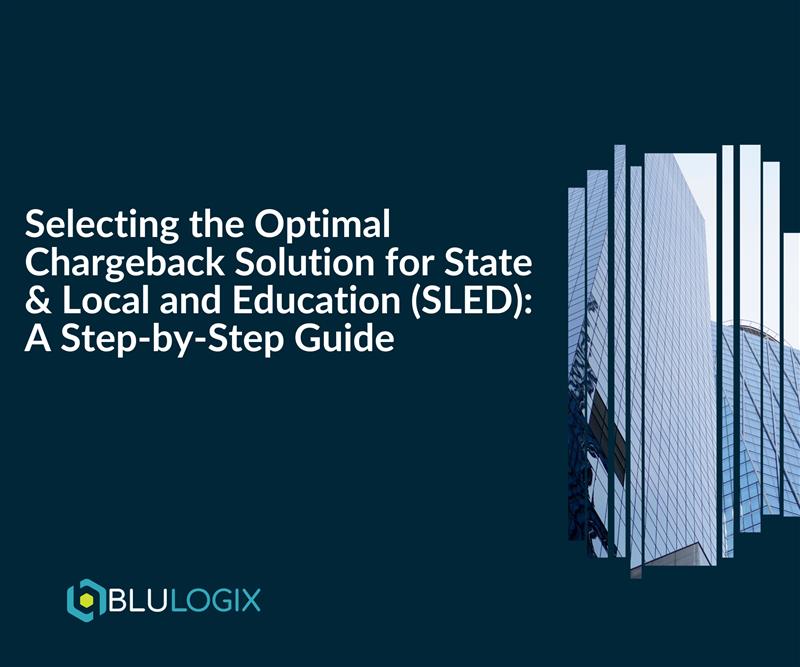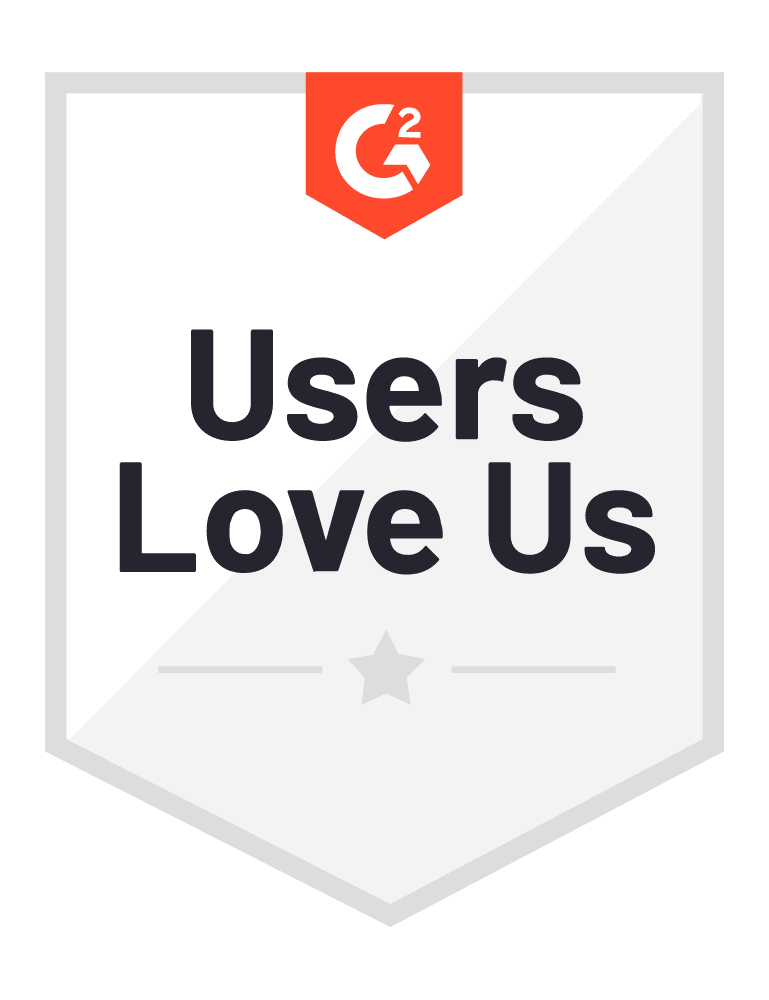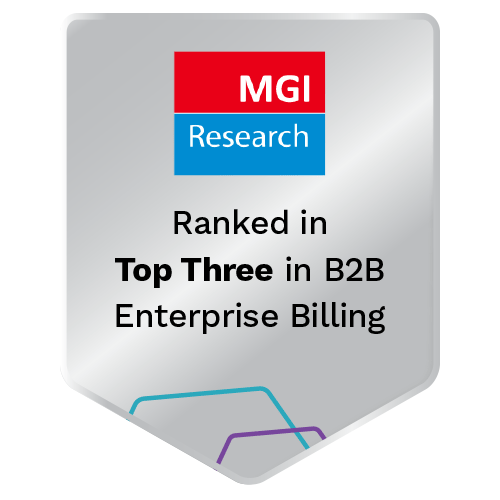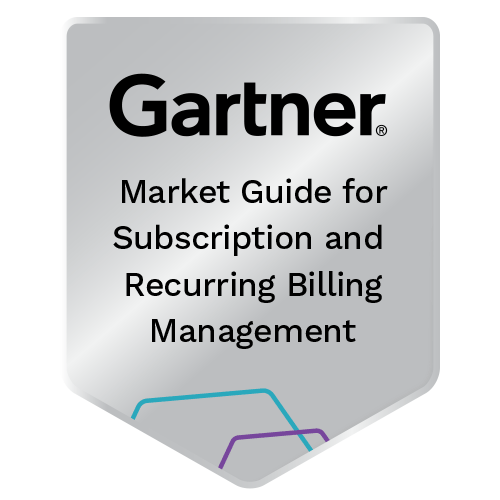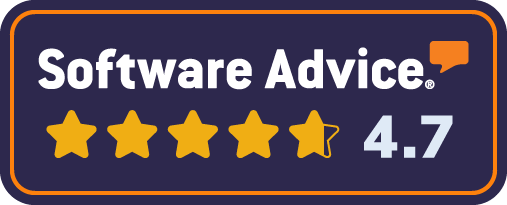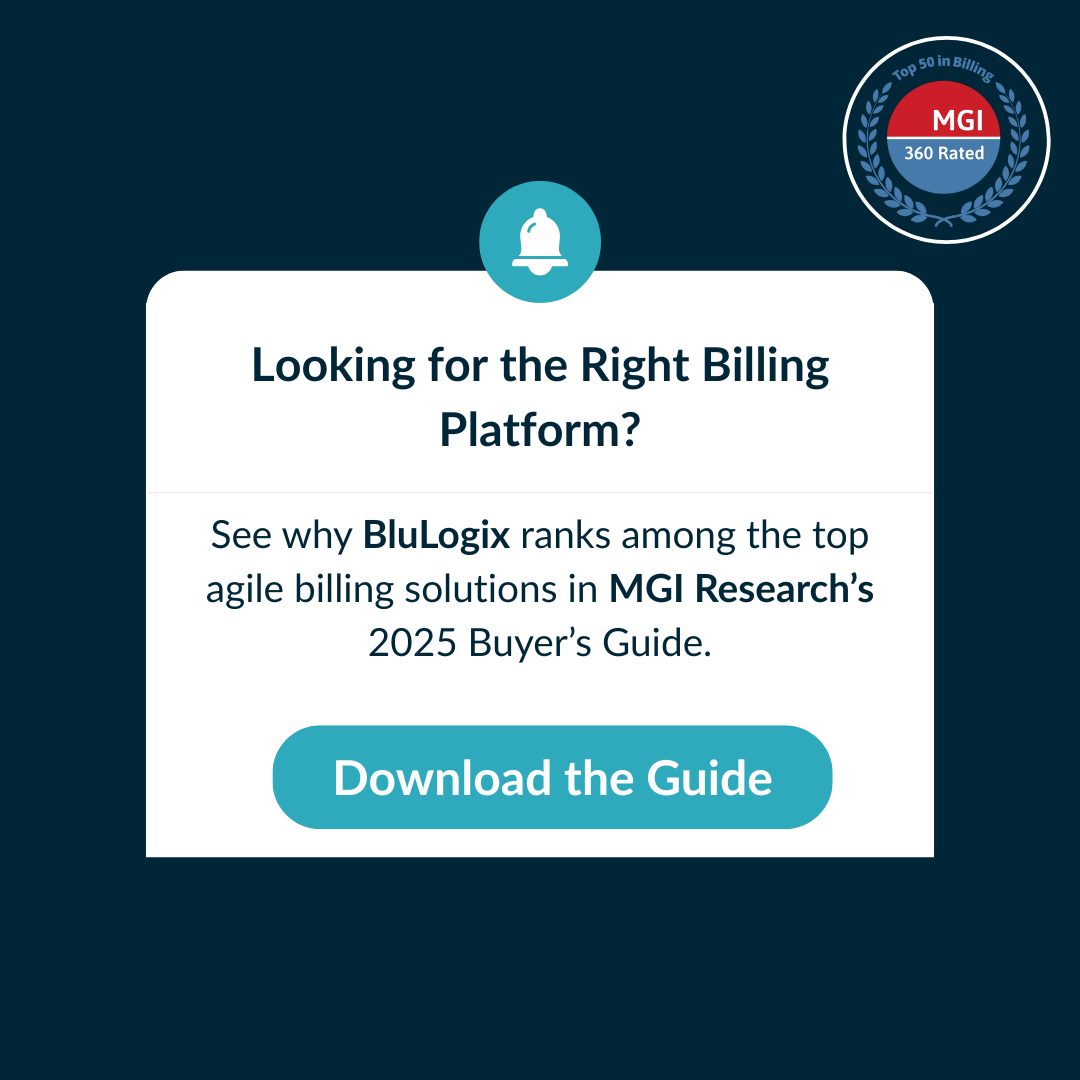Blulogix Whitepaper
Selecting the Optimal Chargeback Solution for State & Local and Education (SLED) A Step-by-Step Guide
Table of Contents
State, Local, and Education (SLED) organizations operate in uniquely complex environments that demand precise cost allocation, transparency, and regulatory compliance. Traditional IT Financial Management (ITFM) tools often fall short of addressing the particular needs of these public sector entities, but BluLogix’s Public Sector Chargeback & Cost Recovery solution is specifically tailored to meet these requirements. Read on for your step-by-step guide to help SLED organizations evaluate and select an ideal chargeback solution, with checklists, an ROI scenario, and a calculator to project long-term value.
The Unique Challenges of SLED Chargeback
SLED organizations face distinctive challenges that add layers of complexity to internal billing and cost recovery processes. These include varied cost centers, stringent compliance standards, multi-level approvals, and tight budget constraints. The right chargeback solution should offer more than simple cost allocation; it should automate complex billing models, support compliance, and provide insights to foster accountability.
Key Challenges Facing SLED Organizations
The Importance of IT Cost Management for State and Local Governments
- Complex Budget Structures
Multiple departments and programs within SLED organizations often have unique funding sources and
budgetary needs, making it essential to have a system that can handle a variety of chargeback models.
- Compliance with Regulatory Standards:
Regulatory frameworks like GAAP and GASB require rigorous tracking and reporting for financial
transparency.
- Diverse Service Requirements
Different departments and divisions within SLED entities may utilize a wide range of IT and operational
services, from cloud resources to on-premises infrastructure.
- Transparency and Accountability
Public entities are held to high standards of accountability, making accurate chargeback and cost recovery processes a necessity for fostering trust and operational clarity.
Example
A state’s centralized IT department provides cloud storage and network security to various agencies. Each agency needs accurate, transparent billing to manage its budget effectively, and the IT department must demonstrate the value of its services through transparent, data-driven chargeback.
Purpose and Scope of the Whitepaper
The purpose of this whitepaper is to provide state and local government IT leaders, finance professionals, and policymakers with a comprehensive guide to selecting IT Chargeback solutions. It aims to help government agencies achieve better cost visibility, informed decision-making, and a culture of fiscal responsibility through IT Chargeback integration.
This whitepaper will explore the benefits of IT Chargeback for state and local governments, delve into the best practices for its implementation, and offer advice on solution identification and selection. By adopting IT Chargeback, state and local governments can enhance financial transparency, optimize resource utilization, and drive effective IT cost management to better serve their citizens and communities.
Understanding IT Chargeback
What is IT Chargeback for State and Local Government?
IT Chargeback is a financial management model that treats IT departments within state and local governments as internal service providers, charging the costs of IT services directly to the departments or business units that utilize them. This approach goes beyond traditional IT budgeting methods, such as fixed cost allocations or centralized funding, and provides a more accurate representation of the actual expenses incurred by each department based on their IT usage.
In the context of state and local governments, IT Chargeback allows agencies to recover the costs associated with providing IT services from the departments or programs that benefit from them. It enables governments to view IT as a value-adding function that directly supports the missions and objectives of various departments, ensuring that the costs are distributed in a fair and transparent manner.
Key Principles and Objectives for Public Sector IT Chargeback
The implementation of IT Chargeback in state and local governments is guided by several key principles and objectives:
- Direct Cost Attribution: IT Chargeback attributes costs directly to the departments or users consuming IT resources. By doing so, it ensures that each department pays only for the services they use, leading to a fair distribution of IT costs.
- Transparent Cost Allocation: IT Chargeback promotes cost transparency by providing clear visibility into IT expenses at the departmental or user level. This transparency fosters a sense of accountability and allows government agencies to make informed decisions about their IT investments.
- Incentivizing Cost-Conscious Behavior: By revealing the financial impact of IT usage, IT Chargeback encourages departments and users to become more conscious of their resource consumption.
- This promotes cost-conscious behavior, leading to improved resource efficiency and cost optimization.
- Business Alignment: With accurate cost data and granular visibility into IT expenses, IT Chargeback
empowers state and local governments to align their IT initiatives with government objectives. - Data-driven decision-making ensures that IT investments are strategically aligned with overall governance and service delivery.
Comparison with Traditional IT Financial Management for Governments
Traditional IT financial management in state and local governments often relies on methods such as fixed cost allocations or centralized funding. These approaches might not accurately reflect the actual consumption of IT services by individual departments or users. As a result, some departments may be subsidizing the IT costs of others, leading to inequitable distribution and potentially wasteful resource utilization.
In contrast, IT Chargeback provides a more accurate representation of IT expenses by attributing costs based on actual resource consumption. This approach ensures that each department or user bears the financial responsibility for the services they use, leading to better cost visibility and resource optimization.
Moreover, IT Chargeback enables state and local governments to treat IT as a service-oriented function, encouraging a culture of fiscal responsibility and accountability. It empowers agencies to make informed decisions about IT investments and align IT services with government priorities, ultimately enhancing public service delivery and citizen satisfaction.
Step 1: Understand Your Chargeback Needs
This first step is foundational in selecting the right solution. Start by defining the scope of services, objectives, and the
organizational structure that will influence chargeback needs.
Identify Service Scope: Create a detailed list of services that will be subject to chargebacks, including IT resources (e.g., cloud storage, network services, and email hosting), departmental resources, and shared infrastructure.
Example: A city’s IT department offers centralized services like cloud storage and network security to multiple departments (e.g., public safety, education, and administration). Each department needs a clear, accurate allocation of these costs to manage their budget effectively.
Define Goals: Specify the primary objectives for the chargeback solution, such as improving transparency, supporting budget adherence, or demonstrating the value of IT services to departments.
Example: A state education system wants to demonstrate the value of its IT investment by providing each department with insights into their specific usage and associated costs, helping them make informed decisions about their consumption of IT resources.
Consider Organizational Scale and Complexity: Take stock of the number of departments, cost centers, and budgetary cycles involved.
Example: A large university system with dozens of departments has varied requirements and budget cycles. BluLogix’s flexible billing models allow each department to see relevant charges, reducing administrative complexity.
Step 2: Evaluate Chargeback Software Capabilities
Assess each solution’s ability to handle the complexity and requirements of SLED entities. Key areas to evaluate include scalability, integration, automation, compliance, and security.
Scalability: Verify that the solution can handle current needs and scale to meet growth.
Example: A county IT department may start with only five departments using its services, but over time, that number may double as new agencies join. A robust solution will scale seamlessly to accommodate more departments, ensuring long-term viability.
Integration with Existing Systems: Ensure compatibility with current financial, ERP, and procurement systems to support centralized data access and reporting.
Example: A state’s IT department integrates a robust solution with its existing ERP system, so cost data flows smoothly across departments, providing a holistic financial view.
Automation and Data Centralization: Seek solutions that minimize manual data entry and store all chargeback data centrally, facilitating easy access, reporting, and auditing.
Example: In a state health department, where staff often manually enter data into spreadsheets, a robust solution automates data collection, reducing errors and freeing staff for higher-value tasks.
Compliance and Regulatory Alignment: Choose a robust solution that adheres to GAAP and GASB standards, ensuring compliance with SLED regulations.
Example: A state department of transportation can be confident that the chargeback solution their Shared Services Organization (SSO) utilizes adheres to regulatory standards, simplifying audits.
Security and Access Control: Role-based access ensures data security across departments, an essential feature for public entities handling sensitive data.
Example: A city government allows only finance department personnel to access chargeback data, keeping sensitive budgetary information secure.
Step 3: Define Decision Criteria Based on Key Performance Indicators (KPIs)
Establish KPIs to help objectively assess the potential chargeback solutions.
Accuracy: Precise cost allocation is essential for fair and transparent billing.
Example: A state IT department that previously experienced discrepancies in department charges now uses a robust chargeback solution to track usage data in real-time, reducing billing errors and fostering trust.
Cost Management Insights: The solution should provide visibility into cost drivers, enabling departments to optimize their spending.
Example: An education department tracks which divisions consume the most network resources, enabling it to guide departments toward more efficient usage patterns.
Ease of Use: A user-friendly interface helps reduce the training burden and ensures that departments can easily access, validate, and manage their chargebacks.
Example: City department managers with limited IT knowledge can easily navigate their chargeback solution’s intuitive dashboard to view and approve charges.
ROI and Long-Term Savings: Calculate ROI based on reduced processing time, improved accuracy, and minimized disputes.
Example: A public safety department anticipates a 30% reduction in administrative time as manual billing processes are automated by their Shared Services Organization (SSO) team.
Support and Training: Reliable support and comprehensive training enable departments to fully leverage the solution.
Example: The Shared Services Organization and the solution vendor provides a training program that helps each agency’s finance team understand the system’s features and how to address common billing issues.
Return on Investment Scenario & Calculator
A state IT department handles chargebacks for cloud services, network usage, and storage. They move from manual processing to BluLogix, automating data collection, chargeback calculation, and invoice generation. This shift results in:
- 25% reduction in administrative time
- 40% fewer billing disputes
- Increased departmental satisfaction
Over three years, the department anticipates a 200% ROI due to efficiency gains and cost savings from automated reconciliation and compliance reporting.
Step 4: Consider the BluLogix Public Sector Chargeback Solution
Automated Cost Allocation: Reduces human error and accelerates processing, improving cost allocation accuracy. Function: BluLogix automates the cost allocation process by capturing usage data from various sources in real time and applying pre-configured rules to allocate costs accurately across departments and programs. The system can handle multiple types of resources—cloud services, storage, network usage, and more—enabling precise cost allocations based on actual consumption.
Benefit: Automation reduces human error, eliminates the need for manual calculations, and accelerates the cost allocation process, freeing up valuable time for staff who would otherwise be engaged in repetitive tasks. This capability ensures departments only pay for what they use, fostering transparency and reducing potential disputes. For SLED entities with constrained budgets, automated cost allocation also aids in better budget adherence and enables departments to make more informed financial decisions.
Advanced Compliance Controls: BluLogix’s adherence to GAAP/GASB standards ensures seamless audits and regulatory compliance.
Function: BluLogix integrates compliance requirements directly into its chargeback and billing system. By adhering to established GAAP and GASB standards, BluLogix ensures that all chargeback data is structured and documented according to regulatory guidelines. This includes ledger-based recordkeeping that aligns with public sector accounting standards, automatic report generation that meets audit requirements, and pre-configured compliance templates for standardized reporting.
Benefit: These compliance controls streamline the audit process, as data is readily available and formatted in a way that satisfies external and internal auditors. This reduces the time and resources required for audits, helping SLED organizations avoid penalties for non-compliance and ensuring that financial operations remain transparent and accountable. With regulatory adherence built into BluLogix, SLED entities can also improve their reputation for financial integrity, a key consideration in the public sector.
Centralized Data Management
Function: BluLogix consolidates all chargeback data into a single, centralized platform. This unified repository gathers data from various sources, including cloud providers, IT services, and department-level systems, normalizing and categorizing information so that it’s easily accessible and consistent across departments. The platform’s data management tools also facilitate data reconciliation, enabling departments to cross-check billing information and maintain accurate records.
Benefit: Centralized data management simplifies reporting, analysis, and auditing by allowing all chargeback information to be accessed in one place. This eliminates the need to compile data from multiple sources, which can lead to discrepancies and inefficiencies. For SLED organizations, centralized data storage not only improves operational efficiency but also supports strategic decision-making by providing comprehensive insights into resource utilization and cost drivers across departments.
Secure Access and Role-Based Permissions: Ensures only authorized users can access data, safeguarding sensitive information.
Function: BluLogix provides a robust security framework that includes role-based access controls, ensuring that only authorized users can access sensitive financial and billing information. The system allows administrators to set permissions based on user roles, such as finance, IT, or department managers, granting different levels of access based on responsibilities. This security model aligns with best practices in data protection and minimizes the risk of unauthorized data access.
Benefit: By controlling access to chargeback data, BluLogix helps safeguard sensitive financial information and ensures compliance with public sector data security standards. This level of security is essential for SLED entities, where data privacy is a priority due to regulatory requirements and the public accountability of taxpayer funds. Role-based permissions also enhance collaboration across departments, as users have access to relevant information needed for their role, improving overall operational efficiency without compromising data integrity.
Step 5: Shared Services Organization (SSO) Proof of Concept (PoC)
Set Up a Test Environment: Pilot BluLogix within a selected department, assessing how well it meets chargeback requirements.
Test Real Scenarios: Run scenarios for vendor reconciliation, data integration, and chargeback processes. Example: A state IT department simulates data integration from its cloud provider to see if BluLogix correctly applies charges based on actual usage.
Collect Feedback: Engage finance and department leaders in evaluating usability and performance. Example: A city IT department collects feedback from department heads, who report time saved on monthly chargeback reconciliations.
Review and Finalize the Solution: This final step evaluates the PoC, solidifies the implementation plan, and establishes success metrics.
Evaluate Findings: Summarize PoC results based on KPIs.
Plan Full Rollout: Develop a phased implementation strategy with clear milestones.
Example: A municipal government rolls out BluLogix across departments over six months, ensuring each team is trained.
Define Success Metrics: Establish metrics such as accuracy, reduced disputes, and user satisfaction to track performance.
Why Choose BluLogix’s Chargeback & Cost Recovery Over a Traditional ITFM Solution?
While traditional ITFM tools primarily address financial management and budgeting for IT services, BluLogix’s Chargeback & Cost Recovery solution goes further, delivering a comprehensive approach tailored specifically to the unique requirements of the SLED sector. Here’s how BluLogix provides more than typical ITFM solutions:
GAAP/GASB Ledger-Based Chargeback
BluLogix adheres to GAAP and GASB standards, offering a fully compliant financial platform that supports transparent, ledger-based billing. This ensures that all charges align with public sector financial regulations and best practices, allowing SLED organizations to achieve accuracy and transparency.
Complex Metering for Usage-Based Services
Unlike traditional ITFM solutions, BluLogix includes advanced metering capabilities for usage-based services, allowing precise tracking of consumption for cloud, telecom, and other IT resources. This level of granularity supports equitable cost distribution across agencies and departments based on actual usage.
Comprehensive Cost Allocation and Recovery
The solution enables public sector entities to capture and allocate expenses across a broad range of services and resources. From bulk purchasing to master service agreements, BluLogix supports centralized spending to enhance cost recovery and optimize IT resource usage.
Chargeback Reconciliation to Vendor Invoice
BluLogix includes a dedicated chargeback reconciliation portal that streamlines vendor invoice validation. Departments and agencies can easily validate and approve charges, fostering transparency and accountability within the chargeback process. This feature minimizes discrepancies and billing issues, which are often challenges in SLED environments with complex service ecosystems.
A Financial Platform for Internal Billing
Beyond simple reporting, BluLogix serves as a complete financial platform for chargeback and cost recovery. It centralizes data collection and facilitates internal billing for diverse central services (e.g., compute, storage, voice, and software renewals) on a dollar-for-dollar basis.
Enhanced Data Integration and Automation
BluLogix supports data ingestion from a wide array of sources, including legacy systems, cloud services, and multiple data types (usage, events, licensing). This seamless integration makes it easier for shared services to automate billing, reducing manual hours and improving budget adherence.
By addressing these specific SLED needs—compliance, complex metering, transparency, and automation—BluLogix’s Chargeback & Cost Recovery solution provides a tailored approach that goes beyond the capabilities of standard ITFM tools, supporting SLED organizations in optimizing their shared services, enhancing cost recovery, and demonstrating the value of IT.
Implementing IT Chargeback in State and Local Governments
After thorough preparation, the successful implementation of IT Chargeback within state and local government agencies is the next critical phase. This section outlines the key steps involved in implementing IT Chargeback, ensuring a smooth rollout and effective utilization of this financial management approach.
Pilot Program and Testing for Government IT Chargeback
Before a full-scale rollout, consider conducting a pilot program of IT Chargeback in a select number of departments or agencies. The pilot program allows for testing the IT Chargeback model, validating the accuracy of cost allocation, and identifying any potential challenges.
During the pilot phase, solicit feedback from the participating departments and users to understand their experiences and perceptions of IT Chargeback. Use this feedback to refine the IT Chargeback model, address any concerns, and ensure the readiness of the system for a broader implementation.
Full-Scale Rollout and Monitoring for Fiscal Accountability
Once the pilot program is successful, proceed with the full-scale rollout of IT Chargeback across all relevant government departments and users. This step involves deploying the IT Chargeback model, setting up the necessary data integration processes, and initiating regular cost allocation.
As IT Chargeback becomes operational, establish a robust monitoring and reporting system to track cost allocations and service consumption. Regularly review and analyze cost data to identify trends, potential inefficiencies, and areas for cost optimization. Use the insights gained from the monitoring process to make data-driven decisions regarding IT investments and resource allocation.
Training and Change Management in the Public Sector
For a smooth adoption of IT Chargeback, provide comprehensive training to all stakeholders involved in the process. Training sessions should cover how the IT Chargeback model works, how to interpret cost reports, and the benefits of the new financial management approach.
Additionally, implement change management strategies to address any resistance to the new approach. Communicate the positive impact of IT Chargeback on government operations, service delivery, and fiscal responsibility. Engage with employees and leaders to ensure their understanding of IT Chargeback’s benefits and encourage their active participation in optimizing resource usage.
Addressing Unique Challenges and Fine-Tuning for Government Agencies
State and local government agencies may encounter unique challenges during the IT Chargeback implementation process. These challenges could include organizational culture, resistance to change, or concerns about data accuracy. Address these challenges promptly by maintaining open communication channels, seeking feedback from stakeholders, and making adjustments as needed.
Fine-tune the IT Chargeback model based on lessons learned and feedback from the pilot program and initial implementation phases. Continuously evaluate the effectiveness of the model and make necessary modifications to ensure its relevance and efficiency over time.
Conclusion
The successful implementation of IT Chargeback in state and local governments offers a transformative approach to IT cost management, financial transparency, and resource optimization. Through this comprehensive guide, government IT leaders, finance professionals, and policymakers have gained insigh ts into the benefits and practical steps involved in integrating IT Chargeback within government agencies.
IT Chargeback empowers state and local governments to:
- Enhance Financial Transparency and Accountability: By attributing IT costs directly to departments or users, IT Chargeback fosters a culture of fiscal responsibility and This level of visibility enables government agencies to make informed decisions about their IT investments and promote financial accountability.
- Drive Cost Optimization and Efficiency: With granular visibility into IT expenses and resource consumption, IT Chargeback allows agencies to identify opportunities for cost savings and resource optimization. By prioritizing efficient IT resource usage, governments can deliver high-quality public services while minimizing unnecessary expenditures.
- Align IT Investments with Government Objectives: IT Chargeback facilitates data-driven
decision-making, enabling state and local governments to align IT investments with broader policy objectives. This strategic alignment ensures that IT resources are directed towards initiatives that deliver the most value to citizens and communities.
- Promote a Culture of Fiscal Responsibility: By revealing the direct financial impact of IT usage, IT Chargeback encourages departments and users to become more conscious of their resource consumption. This cost-conscious behavior drives responsible resource usage and financial
- Optimize IT Budget Allocation: Accurate cost allocation through IT Chargeback enables governments to optimize their IT budgets and allocate resources With better financial management, agencies can respond to changing priorities and deliver efficient and effective public services.
- To ensure the success of IT Chargeback implementation and its long-term effectiveness, continuous monitoring and fine-tuning are Government agencies should embrace a data-driven approach, regularly analyzing cost reports, and engaging with stakeholders to gather feedback and insights.
- Additionally, fostering a collaborative culture that encourages open communication between departments, finance teams, and IT personnel is essential for maximizing the benefits of IT Chargeback. By promoting cross-functional collaboration, government agencies can create a unified approach to IT cost management and foster a sense of ownership among departments for their IT resource
- As state and local governments continue to face fiscal challenges and increasing demands for efficient service delivery, IT Chargeback emerges as a valuable tool for addressing these By adopting IT Chargeback, government agencies can navigate budget constraints, optimize IT resource utilization, and demonstrate their commitment to responsible financial stewardship in the pursuit of effective public service delivery.
- By embracing IT Chargeback as a transformative approach to IT cost management, state and local governments can pave the way for sustainable, efficient, and citizen-centric IT operations, thus creating positive impacts on their communities and constituents.
About BluLogix
BluIQ Chargeback streamlines the process of Public Sector and Enterprise IT chargeback, making it easier for Shared Services to recover IT cost, change consumption behavior and effectively and efficiently demonstrate the value of IT for department and agency consumption of voice, cloud, desktop and other IT services.
BluIQ Chargeback is designed to help organizations struggling with legacy systems, processes and resource gaps to modernize and optimize their IT Financial Management to allocate costs across agencies and departments.
Public sector and enterprise shared services groups are increasingly tasked with managing expenditures, reducing costs, standardizing infrastructure and leading digital transformations to drive policies and standards across their organizations. For many, however, processes have become more and more fragmented, with increasing cloud usage, multicloud environments, legacy systems that are no longer supported, key resource and staffing gaps and the inability to add data, products, rates or new members to systems without development resources.
BluIQ Chargeback streamlines the process of Public Sector and Enterprise IT chargeback, making it easier for Shared Services to recover IT cost, change consumption behavior and demonstrate the value of IT for department and agency consumption of voice, cloud, desktop and other IT services.
BluIQ Chargeback provides the ability to allocate and manage vendors and contracts, chargeback and allocate costs to agencies, quickly, easily, leveraging automation that decreases time to process, improves error rates and increases customer satisfaction for departments and agencies.
With BluIQ chargeback, public sector and enterprise shared services centers can optimize their IT purchasing to
- Take advantage of volume purchasing across agencies and departments
- Monitor and optimize consumption behavior to drive awareness and change behavior
- Apply charges equitably across units, ensuring fairness in cost distribution
- Include any service offered in the chargeback portfolio
- Deliver against objectives for complex consumption-based models and chargeback based on actual usage levels
Reviews

Michael R.
President, Allnet Air Inc. - Telecommunications
Best Outsourced Billing for Mobility

Karen R.
Manager, Cloud Billing - Computer Software
BluLogix has been a great partner.
“Over the last several years, I have seen continual enhancements and additions to the platform. BluLogix has created a comprehensive solution for users. They provide great communication regarding upgrades and address concerns thoroughly and timely.”

Sara K.
Marketing, Graphic Design & Social Media Management - Marketing and Advertising
Fantastic platform. Recommend!
Industry Leaders
Reviews

Michael R.
President, Allnet Air Inc. - Telecommunications
Best Outsourced Billing for Mobility

Karen R.
Manager, Cloud Billing - Computer Software
BluLogix has been a great partner.
“Over the last several years, I have seen continual enhancements and additions to the platform. BluLogix has created a comprehensive solution for users. They provide great communication regarding upgrades and address concerns thoroughly and timely.”

Sara K.
Marketing, Graphic Design & Social Media Management - Marketing and Advertising
Fantastic platform. Recommend!

